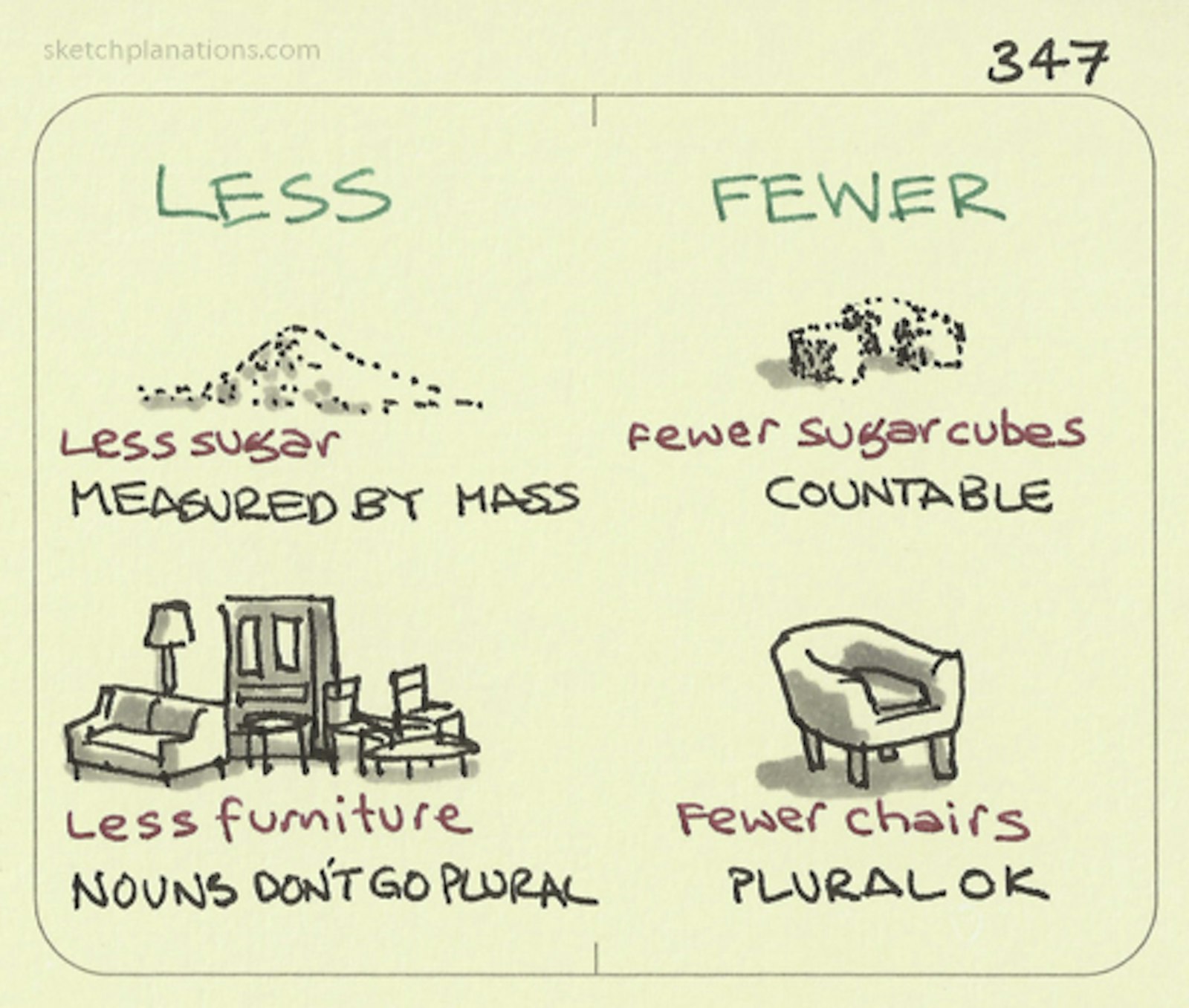
Heating people, heating spaces
With well-insulated houses and central heating as standard, I always grew up with heating the space as how you stay warm in the winter. A colleague once shared with me that where he'd lived, they thought of it as heating people, not spaces when looking to stay warm.
The heating people approach means rather than heating the air in the room, you focus on heating the person: warm clothes, hot drinks, baths, cosy furniture with high backs and sides that traps heat in, or furniture that is itself heated like the kotatsu or aga, and generally local heating where a small room or even part of a room may be warm while the rest may be cool — dividing screens are sometimes used.
This approach was common until relatively recently and also still is in countries where it was difficult to stay cool in the summer and houses weren't typically built to keep heat in.
Thanks to Peter Wyatt-Brandenburg for sharing with me many years ago.


